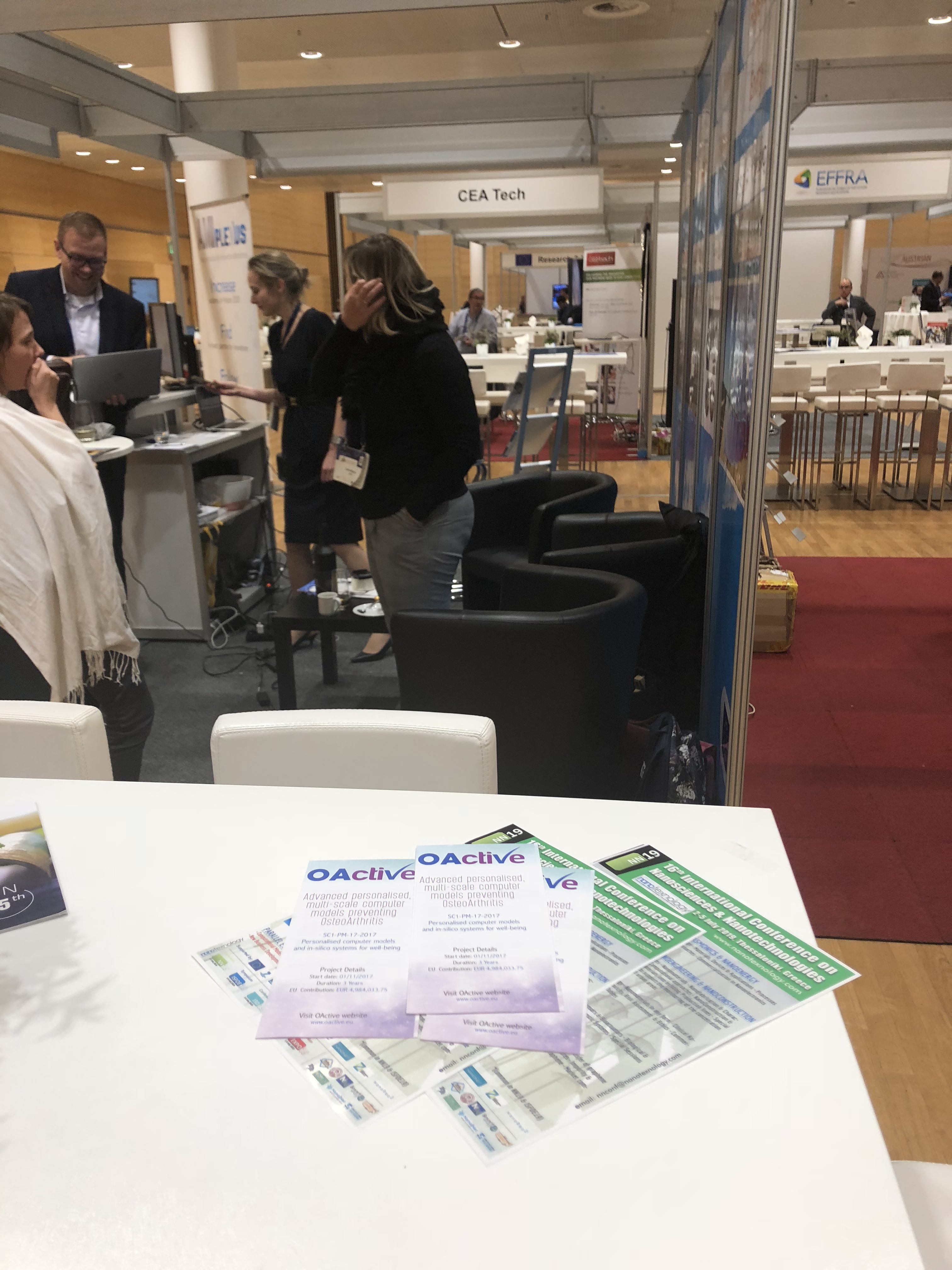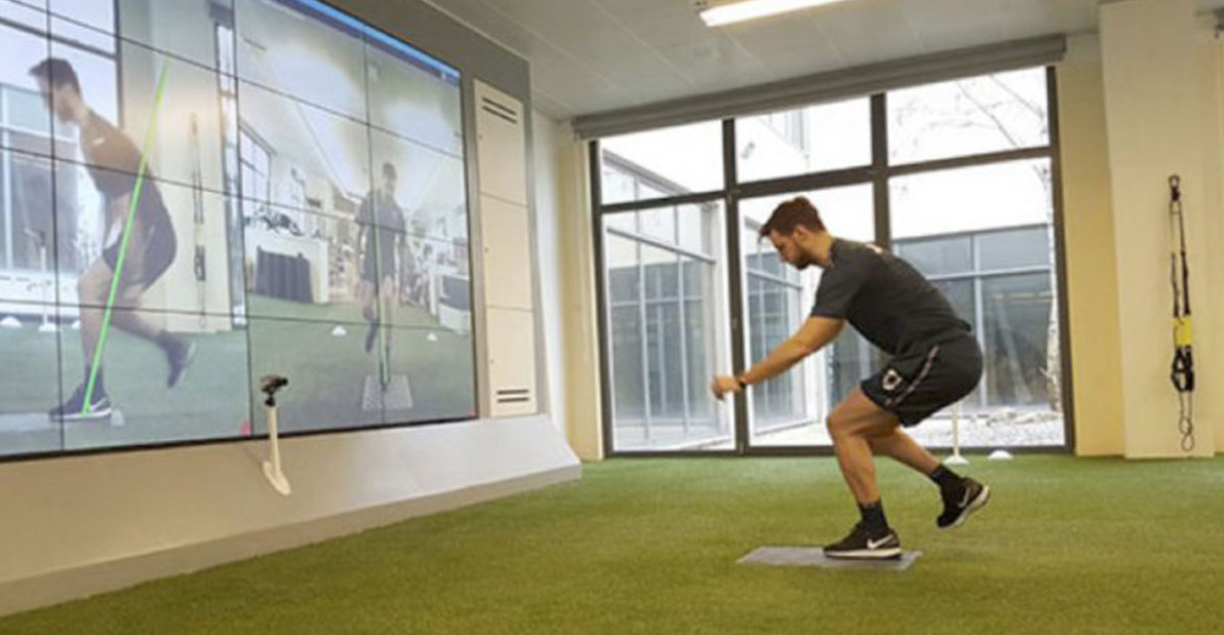 OActive project was at the INDustrial TECHnologies 2018 conference and exhibition, taking place in Wien on the 29th-31st of October 2018, where AXIA Innovation participated.
OActive project was at the INDustrial TECHnologies 2018 conference and exhibition, taking place in Wien on the 29th-31st of October 2018, where AXIA Innovation participated.


 OActive project was at the INDustrial TECHnologies 2018 conference and exhibition, taking place in Wien on the 29th-31st of October 2018, where AXIA Innovation participated.
OActive project was at the INDustrial TECHnologies 2018 conference and exhibition, taking place in Wien on the 29th-31st of October 2018, where AXIA Innovation participated.


The first ICPerMed Conference ‘Personalised Medicine in Action’ will take place on 20-21 November 2018 at the dbb forum in Berlin, Germany. The main focus of this conference is to present best practice examples of successful implementation of personalised medicine approaches accompanied by high-level keynote talks addressing different aspects of personalised medicine.
For more information visit link

ANIMUS attended the Science and Innovation Festival in Larissa that was held on 11-13 of October 2018. The event was hosted by the University of Thessaly on the occasion of the completion of its 30 years of operation. The Thessaly Science Festival brought to the public the unbreakable connection of science and technology to everyday life. The main objectives of the Festival were to inform the public on the high quality scientific research done in Greece, to provide answers to complex scientific issues, to inspire and create new standards in the field of science and, of course, to encourage young people to think about a career close to science.
During the interactive exhibition, the ANIMUS Recovery & Rehabilitation Centre in cooperation with the National Center for Research and Technology (CERTH) and the Department of Physical Education and Sports Science of University of Thessaly presented a system consisting of a 40cm x 60cm X 15cm force platform and a synchronized camera showing the human image and the ground response force, inviting individuals to participate in the tests that help the users learn how to place their body and knees to minimize unnecessary burden.




LEITAT will attend the 4th Annual European Microbiome Congress, taking place in London 13-15 November, 2018. LEITAT will present results of the OActive project focusing on the biomarkers field. The European Microbiome Congresss has become a trusted learning and networking platform for leading academics, practicing clinicians, pharmaceutical and nutrition companies, biotech entrepreneurs and investors, government and regulatory bodies and industry leaders who require insight into the latest microbiome research, clinical trials and multi-disciplinary collaborations. For more information visit link

Healthio is the healthcare conference, held in Barcelona from 16 to 18 October, 2018. The focus of the event is to bring together patients, professionals and companies in the health sector. LEITAT participated in Healthio conference presenting OActive project.

UNIC will attend the Reseacher’s Night taking place in Limassol, Cyprus on 28 September 2018. Researcher’s Night is celebrated in more than 300 European cities with a great involvement of the research / academic community. Through a variety of scientific actions, experiments and events, research welcomes both academia as well as the wider public.

International Research Council on Biomechanics of Injury (IRCOBI) Conference was held from 12 to 14 September, 2018 at Royal Olympic Hotel, Athens, Attica, Greece. You can find more information in the conference proceedings :http://www.ircobi.org/wordpress/downloads/irc18/default.htm.

ANIMUS will participate in National Congress of Hellenic PRM Society on 23-25 November 2018 in Athens, Greece. The conference will be attended by specialized scientists who will share their experience from everyday practice. At the same time, they will demonstrate that their specialization provides rehabilitation to patients with pathological, neurological and orthopedic conditions and disorders, from childhood to old age and from prevention to full rehabilitation.

University of Patras participated in the Virtual Physiological Human conference, taking place in Zaragoza, Spain during 5-7 September 2018. With the work entitled “The Effect of Kinematic and Dynamic Redundancy on the Assessment of Joint Reaction Loads” they have presented OActive results related to the estimation of the bounds of the joint reaction loads for a gait movement.

Descending stairs requires elevated joint moment-generating capability in the lower limbs, making it a challenging daily activity, particularly for older individuals. The aim of the study was to investigate the influence of three different strategies for descending standard and increased height stairs: step-over-step (SoS), step-by-step (SbS) and side-step (SS) on lower limb kinetics in older people. Eleven participants (mean ± SD age: 74.8 ± 3.1 years, height: 1.63 ± 0.07 m, mass: 67.7 ± 9.5 kg) descended a four-step custom built instrumented staircase at a self-selected speed, adopting each of the three strategies, at two configurations: a step-rise height of 170 mm (standard; STD) and a step-rise height of 255 mm (increased; INC). 3D motion capture, synchronised with embedded force plates enabled the calculation of joint kinetics of lead and trail limbs. Data were analysed using a Linear Mixed Model with gait speed selected as a covariate during weight acceptance (WA) and controlled lowering (CL) phases. A large increase in hip extensor moment in both WA and CL in the lead limb was evident during both SoS and SbS at INC step height compared to STD (P < .015 for all), with no such increase in hip flexor moment evident in SS strategy (P = .519). Lead limb knee extensor moment decreased and plantarflexor moment increased in INC SoS compared to STD SoS during CL (P < .001 for both). In the trail limb, increased hip extensor and plantarflexor moments were seen in INC SS compared to STD SS (P < .001 for both). The alternate strategies result in the overall task demand being split between the lead limb (weight acceptance) and trail limb (controlled lowering). Differential demand distribution patterns exist between strategies that imply targeted interventions and/or advice could be provided to older individuals in order to promote safe descent of stairs, particularly for those with specific muscle weaknesses or at high risk of falls.
We use cookies to improve your experience on our website. By browsing this website, you agree to our use of cookies. More Info
Cookies are small text files held on your computer. Some cookies are required to ensure that the site functions correctly, for this reason we may have already set some cookies. They also allow us to give you the best browsing experience possible and help us understand how you use our site. For more information read our Privacy Policy.